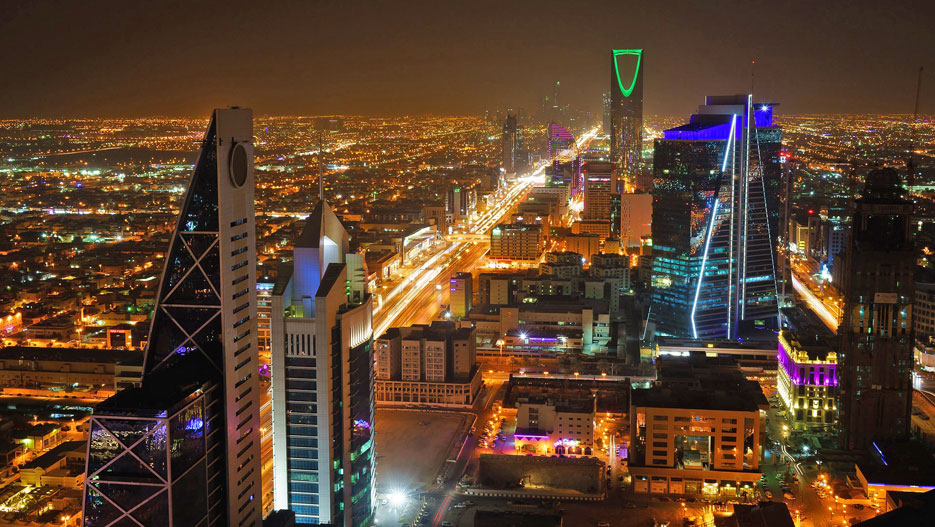Vision 2030 to Diversify the Economy of Saudi Arabia: The Largest Economy in the Middle East
The economy of Saudi Arabia is the largest economy in the Arab world and the Middle East. The standard of living is one of the highest in the Middle East, with a GDP per capita of over $ 20,000. The far-reaching public works policy undertaken by the authorities, together with foreign direct investment and the strength of the financial and banking system, have enabled the country to become the number one regional economy and one of the largest in the world.

The economy of Saudi Arabia is the largest economy in the Arab world and the Middle East. The standard of living is one of the highest in the Middle East, with a GDP per capita of over $ 20,000. The far-reaching public works policy undertaken by the authorities, together with foreign direct investment and the strength of the financial and banking system, have enabled the country to become the number one regional economy and one of the largest in the world.
However, Saudi Arabia’s economy is based almost entirely on oil, with GDP growth strongly correlated with real oil growth. Saudi Arabia has the second most valuable natural resources in the world, the second-largest proven petroleum reserves, and is the largest exporter of petroleum worldwide. The reduction in production in OPEC (Organization of Petroleum Exporting Countries) countries and the drone attack on a Saudi refinery in 2019 caused the slowdown in GDP growth, which is estimated at 0.3%, compared to 2.4% in 2018. According to the updated IMF (International Monetary Fund) forecast of April 2020, due to the onset of COVID-19, GDP growth is expected to fall to -2.3% in 2020 and recover to 2.9% in 2021, subject to post-pandemic global economic recovery.
Saudi crude oil exports fell to 6.82 million barrels per day last year, their lowest level since 2010, after hitting the lowest level of the past three years in 2018, and as the country faces increasing competition from American shale gas. Combined with increasing imports, this reduced the trade surplus to $ 34.22 billion from $ 72.33 billion in 2018. At the same time, public debt continues to represent a larger share of GDP. (23.2% in 2019), as a repercussion of massive government spending associated with reforms to diversify the economy, and it is estimated that it could reach 33.6% of GDP by 2021. The fiscal balance should also remain in deficit (with forecasts of 6.5% for last year and 5.1% in 2020) while oil revenues are likely to remain moderate. The fall in inflation was contained at the end of 2019; nevertheless, the country is expected to record a negative inflation rate of 1.2% against a positive rate of 2.5% in 2018. According to the latest IMF forecasts, inflation is expected to rise again to reach 0.9% in 2020 and 2% in 2021.
The Vision 2030 reform program, which was launched in 2016, has started to restructure Saudi Arabia, not only financially, but also socially. The goal of this strategic framework is to reduce Saudi Arabia’s dependence on oil, diversify its economy, and develop public service sectors such as health, education, infrastructure, recreation, and tourism. Crown Prince and Chairman of the Council of Economic and Development Affairs, Mohammad bin Salman bin Abdulaziz Al-Saud, said about the program: “Vision 2030 is a bold yet achievable blueprint for an ambitious nation. It expresses our long-term goals and expectations and it is built upon our country’s unique strengths and capabilities. It guides our aspirations towards a new phase of development – to create a vibrant society in which all citizens can fulfill their dreams, hopes and ambitions to succeed in a thriving economy.”
FAIR USE POLICY
This material (including media content) may not be published, broadcasted, rewritten, or redistributed. However, linking directly to the page (including the source, i.e. Marcopolis.net) is permitted and encouraged.